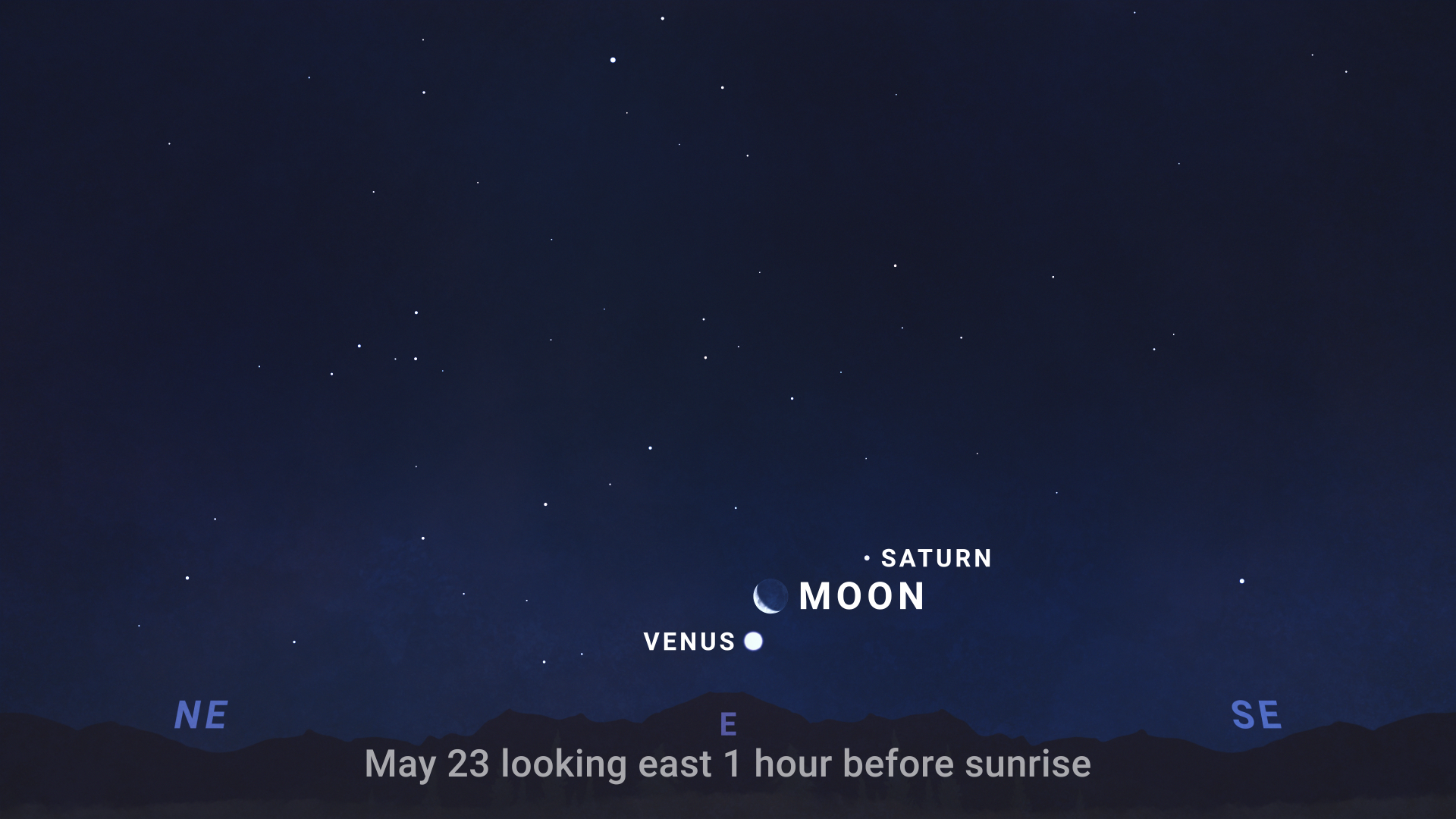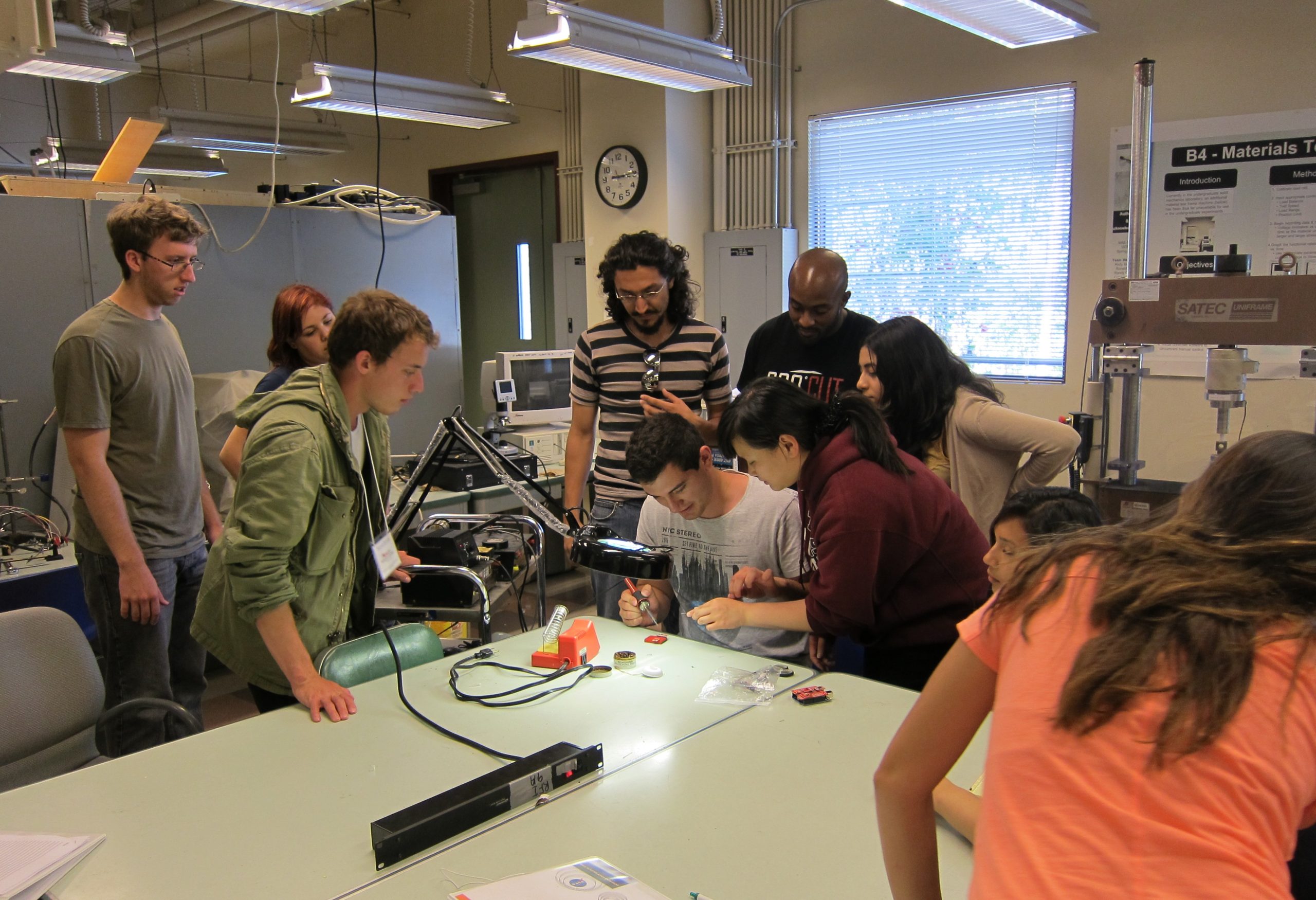Now Reading: NASA’s Skywatching Highlights for May 2025
-
01
NASA’s Skywatching Highlights for May 2025
NASA’s Skywatching Highlights for May 2025

quick summary:
- Eta Aquarid Meteor Shower: Peaks on May 6,with optimal viewing conditions after the Moon sets at 3 a.m. Northern Hemisphere observers can expect 10-20 meteors per hour. Southern hemisphere viewing is more favorable.
- Planet Visibility in may:
– Venus: bright and low in the eastern sky before sunrise all month.
– Mars: Visible in the western sky for several hours after sunset; sets around midnight to 1 a.m.
– Jupiter: Shines brightly following sunset but sets earlier as May progresses, by about an hour after sunset late in the month.- Saturn: Visible close to Venus early morning but separates and rises higher throughout May.
- Notable Planetary Events:
– Mars appears next to the frist-quarter Moon on May 3 during evening hours.
– Late-May mornings feature Venus, Saturn, and a crescent-shaped Moon together before sunrise.
- Corona Borealis Nova Anticipation: Astronomers predict T Coronae Borealis (a binary star system) will produce a visible nova explosion sometime this year in its constellation Corona Borealis near bright stars Vega and Arcturus.
Historically repeating every ~80 years due to thermonuclear explosions caused by hydrogen accumulation on a white dwarf from its companion giant red star-it last occurred in 1946.
Indian Opinion Analysis:
The celestial events of this month provide ample prospect for public engagement with astronomy across India’s diverse geography, notably where light pollution remains lower such as rural areas or hill stations ideal exploring-opportunity educative night-persona hobby-meditation Internal travel/tourism-business communities!
























